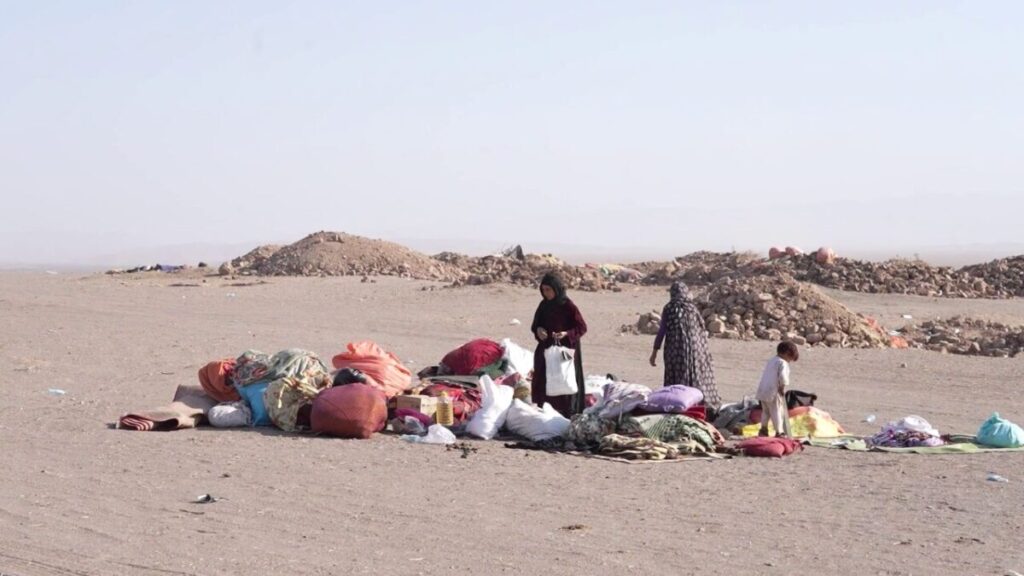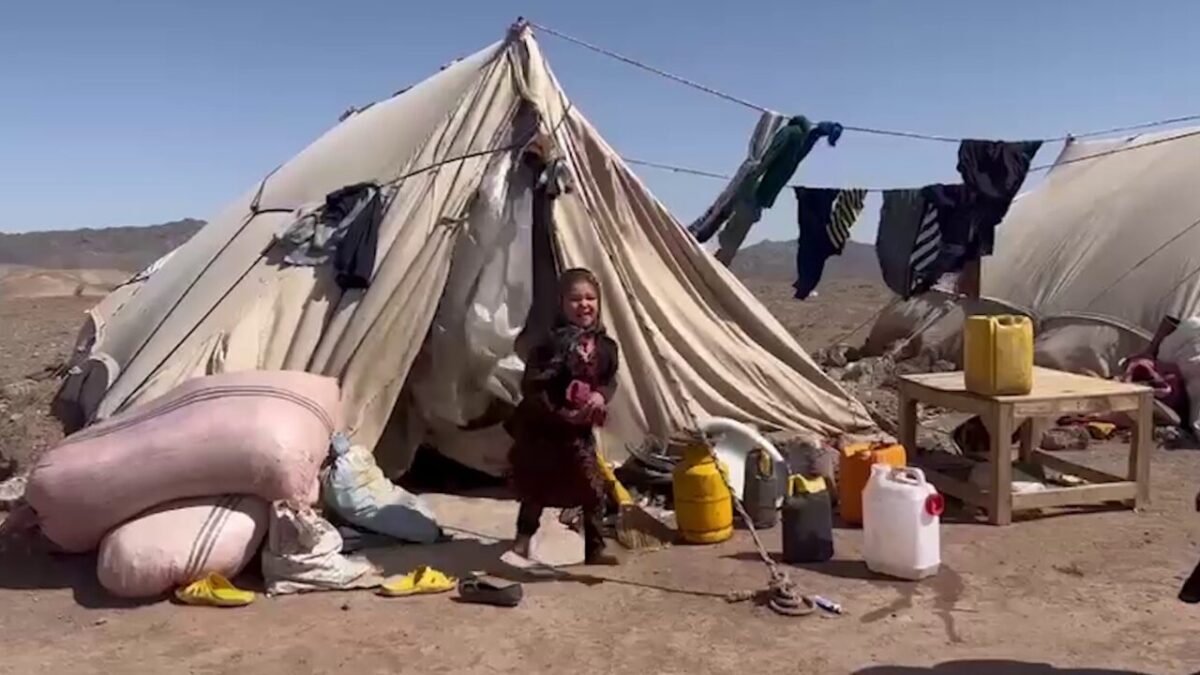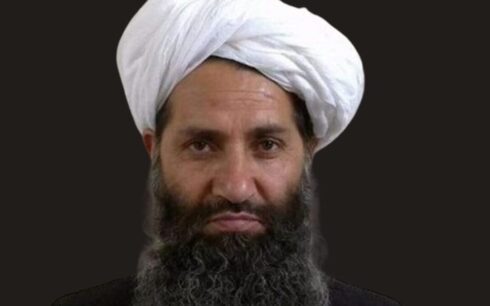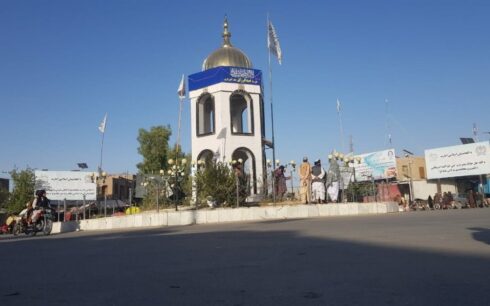HERAT, Afghanistan — One year after a devastating earthquake shook Herat Province, survivors remain mired in hardship, with limited access to vital resources like shelter, clean water, medical care, and education.
The earthquake, which struck on October 7, 2023, registered a magnitude of 6.3 and killed over 1,500 people while injuring approximately 2,600 others, according to United Nations reports. While global aid organizations and local authorities pledged reconstruction efforts, many residents say they have seen little improvement and now face the prospect of a second winter without adequate shelter.
Marzia, a resident of Injil District who lost her home in the disaster, described her struggles over the past year. “We’re still living in tents, exposed to the elements,” she said. “Fifty women in our village have had miscarriages, and six children have died due to the cold and storms.” She explained that without clinics or doctors, her community remains vulnerable to health risks and lacks even basic medical support.
The initial earthquake was followed by two more major tremors on October 11 and October 15, adding to the devastation and causing further casualties. In total, the earthquakes impacted seven districts, leveling buildings across 382 villages. An assessment by the UN estimated that direct physical damages totaled $217 million, while economic losses amounted to nearly $79 million. In February, the UN called for $402.9 million in aid for recovery and reconstruction, describing Afghanistan’s economic situation as dire and further strained by the earthquake’s impacts.

The UN report noted that the crisis has exacerbated pre-existing challenges in Afghanistan, including widespread poverty, job scarcity, and banking instability. In addition to material losses, the report highlighted concerns about mental health and well-being, particularly as communities deal with prolonged displacement and instability.
Nazneen, from Gulran District, shared how the ongoing lack of healthcare has affected her family. “I’ve had two miscarriages because there’s no clinic or proper food,” she said. “We’re struggling every day, living in tents and trying to make do with what little we have.”
The damage to educational infrastructure has also been severe, with 18,000 students and over 4,000 teachers left in precarious conditions. Many schools remain unsafe, leaving children with nowhere to learn. “There are over 700 children in our village who spend their days in the streets, with no school to attend,” said Zuhra, a resident. “We have young people who studied hard, but now they can’t even get jobs.”
Although Taliban officials have promised to build and distribute over 4,000 homes for those affected, residents report that many are still awaiting support. Several international organizations have reported progress in reconstructing housing, yet the needs remain vast. According to the UN, approximately 3,728 homes were completely destroyed, particularly in districts such as Injil, Kushk, Zenda Jan, Guzara, Ghoriyan, Karukh, and Kohsan.
With winter approaching, the people of Herat are racing against time, hoping for shelter and support before temperatures drop further. For now, they face an uncertain future as they continue to rebuild amid difficult conditions and limited resources.





